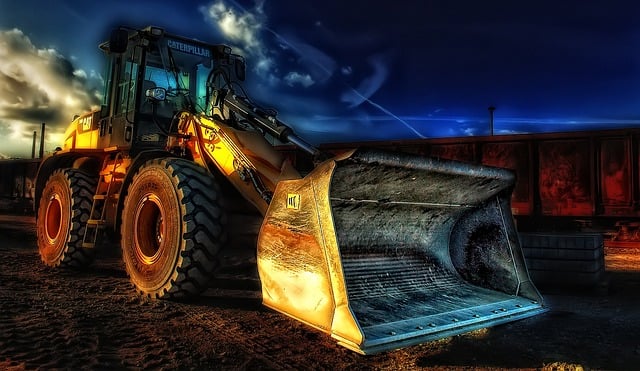Reviving Art and Design in the Traditional Construction Industry
The traditional construction industry has long been perceived as a realm dominated by efficiency, functionality, and a focus on practicality. Yet, amidst the concrete structures and steel beams lies a profound opportunity for reinvention through art and design. By breathing new life into the industry, we can merge the worlds of creativity and construction, transforming not just buildings, but the very spaces in which we live and work.
The Harmony of Art in Construction
Art has always been an integral part of human society, reflecting cultural values, emotions, and the spirit of the times. In the traditional construction industry, integrating art can elevate structures beyond mere shelters, allowing them to resonate with the community and tell stories of their origins. Artwork incorporated into buildings can create emotional connections, making spaces more inviting and enriching for their inhabitants.
Consider the mosaic tiles adorning facades or murals that breathe color into a dreary street. These artistic expressions transform everyday architecture into landmarks of creativity, engaging passersby and igniting conversations. When architects collaborate with artists, the resulting synergy can lead to designs that are not only functional but also masterpieces that define the atmosphere of their surroundings.
The Role of Design Thinking
Incorporating design thinking into the construction process redefines how we approach building design. This methodology prioritizes understanding the needs and experiences of users, prompting architects and builders to think beyond the physical structures. By empathizing with the people who will inhabit these spaces, designers can create environments that enhance well-being, productivity, and collaboration.
In the traditional construction industry, where designs often adhere to rigid standards, design thinking encourages innovation. It invites exploration of sustainable building materials, adaptive reuse of existing structures, and the creation of multifunctional spaces that cater to various needs. The result? A built environment that feels alive and responsive to its users.
Bridging the Gap Between Past and Present
As we embrace the revival of art and design within the traditional construction industry, it’s essential to honor the rich history that has paved the way. Many traditional construction methods, informed by cultural heritage and historical context, offer a wealth of inspiration that can inform contemporary practices. The fusion of traditional craftsmanship with modern design principles can yield structures that respect the past while boldly stepping into the future.
This marriage of old and new fosters a sense of authenticity, capturing the essence of a community while addressing current needs. From preservation projects that maintain the character of historic districts to contemporary buildings that pay homage to local vernacular architecture, the possibilities for creative expression in construction are limitless.
Fostering a Cultural Renaissance
The revival of art and design in the traditional construction industry acts as a catalyst for a broader cultural renaissance. When architects, designers, and builders collaborate with artists, local craftsmen, and communities, they cultivate a sense of identity and pride in their surroundings. This collaborative approach can lead to vibrant urban spaces that are not only visually stimulating but also facilitate social interactions, economic growth, and community bonding.
As we look to the future, the challenge lies in how we can weave art and design into the very fabric of our built environment. By prioritizing creativity alongside craftsmanship, we can create a legacy that reflects our values, aspirations, and creativity. The traditional construction industry has the potential to evolve into a vibrant field where every brick and beam tells a story—one that celebrates the intersection of art, design, and community.




